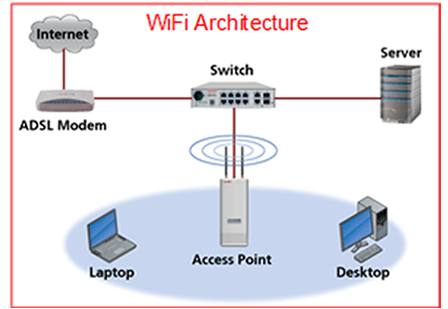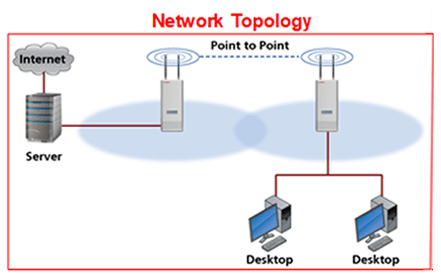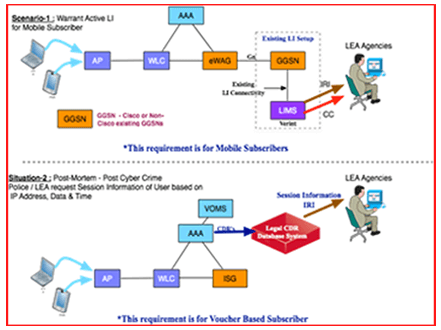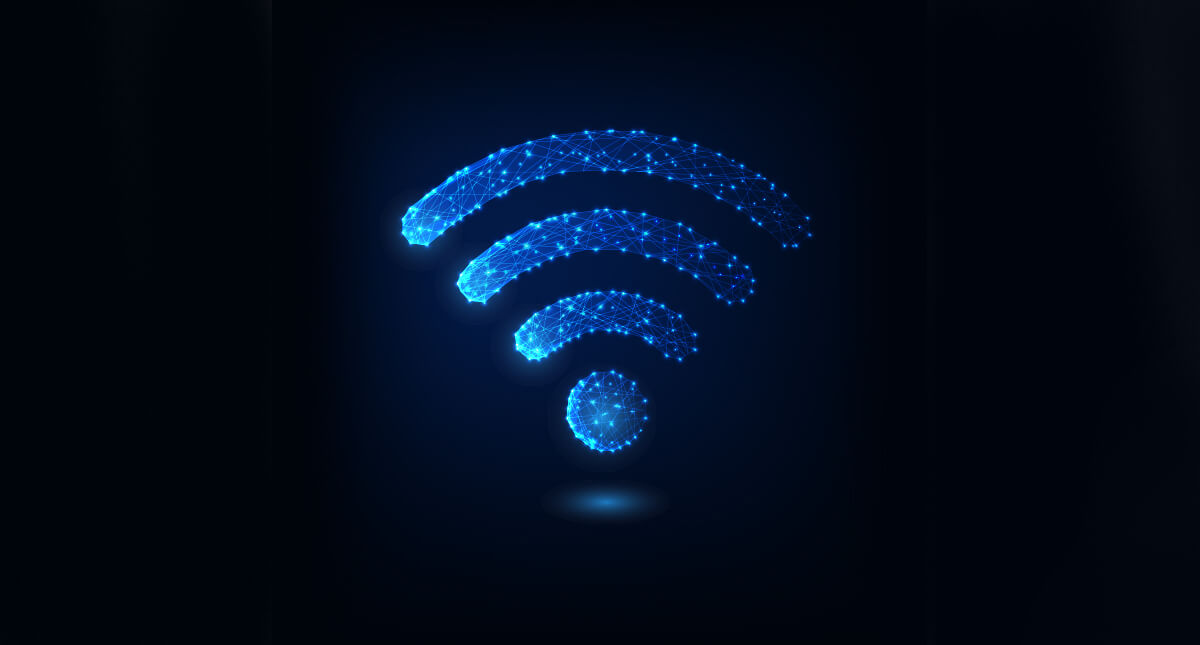
INTRODUCTION
Wi-Fi is a local area wireless technology that allows an electronic device to exchange data or connect to the internet using 2.4 GHz UHF and 5 GHz SHF radio waves.
 The Wi-Fi Alliance defines Wi-Fi as any “wireless local area network (WLAN) products that are based on the Institute of Electrical and Electronics Engineers’ (IEEE) 802.11 standards”. However, since most modern WLANs are based on these standards, the term “Wi-Fi” is used in general English as a synonym for “WLAN”. Only Wi-Fi products that complete Wi-Fi Alliance interoperability certification testing successfully may use the “Wi-Fi CERTIFIED” trademark.
The Wi-Fi Alliance defines Wi-Fi as any “wireless local area network (WLAN) products that are based on the Institute of Electrical and Electronics Engineers’ (IEEE) 802.11 standards”. However, since most modern WLANs are based on these standards, the term “Wi-Fi” is used in general English as a synonym for “WLAN”. Only Wi-Fi products that complete Wi-Fi Alliance interoperability certification testing successfully may use the “Wi-Fi CERTIFIED” trademark.
Many devices can use Wi-Fi, e.g., personal computers, video-game consoles, smartphones, some digital cameras, tablet computers and digital audio players. These can connect to a network resource such as the Internet via a wireless network access point. Such an access point (or hotspot) has a range of about 20 meters (66 feet) indoors and a greater range outdoors. Hotspot coverage can comprise an area as small as a single room with walls that block radio waves, or as large as many square kilometers achieved by using multiple overlapping access points.
The latest standard Access point are of IEEE 802.11ac standard which is offering the download speed upto 1Gbps and 7Gbps.
 WiFi Global Standards
WiFi Global Standards
Wi-Fi : IEEE Standard
Wi-Fi Networks use Radio Technologies to transmit &receive data at high speed:
● IEEE 802.11b ● IEEE 802.11a ● IEEE 802.11g ● IEEE 802.11n ● IEEE 802.11ac
Wi-Fi : IEEE Standard
IEEE 802.11b
Introduced in the year 1999
- Operates at 2.4GHz radio spectrum
- Theoretical download speed 11 Mbps – within 30 m Range
- 4-6 Mbps (actual speed)
- 100 -150 feet range
- Most popular, Least Expensive
- Has 11 channels, with 3 non-overlapping
- Interference from mobile phones and Bluetooth devices which can reduce the transmission speed.
IEEE 802.11a
- Introduced in 2001
- Operates at 5 GHz (less popular)
- 54 Mbps (theoretical speed)
- 15-20 Mbps (Actual speed)
- 50-75 feet range
- More expensive
- Not compatible with 802.11b
IEEE 802.11g
- Introduced in 2003
- Combine the feature of both standards (a,b)
- 100-150 feet range
- 54 Mbps Speed
- 2.4 GHz radio frequencies
- Compatible with ‘b’
IEEE 802.11ac
- Launched in 2014 end
- Improve Network throughput over 802.11a and 802.11g
- 250 feet with beamforming
- 1Gbps speed
- Multiuser Multiple Inputs Multiple Outputs (MIMO) technology
IEEE 802.11n
- Introduced in 2009
- Improve Network throughput over 802.11a and 802.11g
- 175 feet range
- 300 Mbps speed
- Multiple Inputs Multiple Outputs (MIMO) technology introduced.
- 40 MHz channels to the physical layer
- Dual-band 2.4/5 GHz radio frequencies

Operation: How a Wi-Fi Network Works
- It works on basic concept as same as Walkie talkies.
- A Wi-Fi hotspot is created by installing an access point and connected to an internet connection through bandwidth
- An access point acts as a base station.
- When Wi-Fi enabled device encounters a hotspot the device is then
- Connected to that network wirelessly.
- A single access point can support up to 30 users and can function within a range of 100 – 150 feet indoors and up to 300 feet outdoors.
- Many access points can be connected to each other via Ethernet cables to create a single large network.
- Wifi system can offer a great speed upto 100 mbps under certain conditions.
Security
 Use encryption
Use encryption
The most common wireless encryption-standard, Wired Equivalent Privacy (WEP Encryption).The scrambles messages sent over wireless networks so that they cannot be read easily. There are different forms of encryption, but the latest version is Wi-Fi Protected Access II (WPA2) because it is stronger than other versions such as Wired Equivalent Privacy (WEP) and WPA.
WiFi Monitoring by Security agencies
These WiFi networks can be monitored by Deptt of Telecom and other security agencies at any time, such an arrangement called Lawful Interception ( LI ).
ADVANTAGES
Convenience
– The wireless nature of such networks allows users to access network resources from nearly any convenient location within their primary networking environment
(home or office). With the increasing saturation of laptop-style computers, this is particularly relevant.
Mobility
– With the emergence of public wireless networks, users can access the internet even outside their normal work environment. Most chain coffee shops, for example, offer their customers a wireless connection to the internet at little or no cost.
Productivity
– Users connected to a wireless network can maintain a nearly constant affiliation with their desired network as they move from place to place. For a business, this implies that an employee can potentially be more productive as his or her work can be accomplished from any convenient location.
Deployment
– The initial setup of an infrastructure-based wireless network requires little more than a single access point. Wired networks, on the other hand, have the additional cost and complexity of actual physical cables being run to numerous locations (which can even be impossible for hard-to-reach locations within a building).
Expandability
– Wireless networks can serve a suddenly increased number of clients with the existing equipment. In a wired network, additional clients would require additional wiring.
Cost
– Wireless networking hardware is at worst a modest increase from wired counterparts. This potentially increased cost is almost always more than outweighed by the savings in cost and labor associated with running physical cables.
Authored By Mr.Raminder Bhogal




